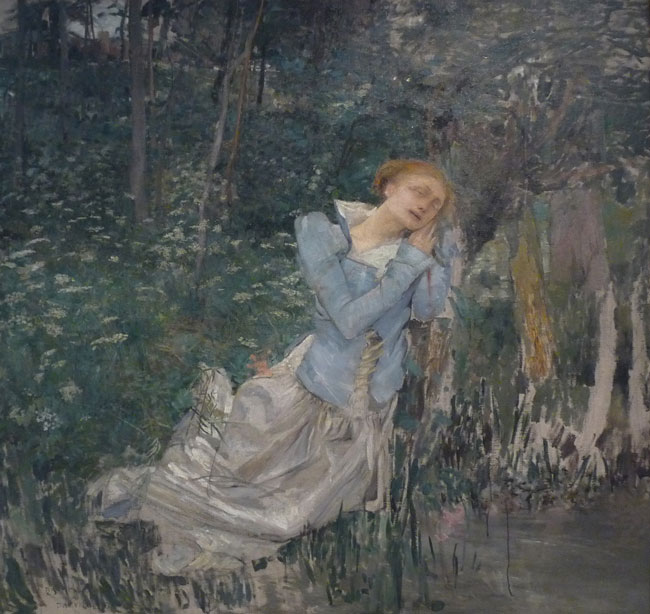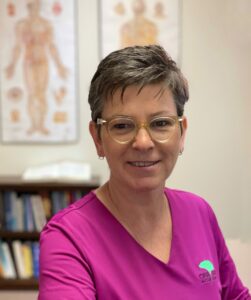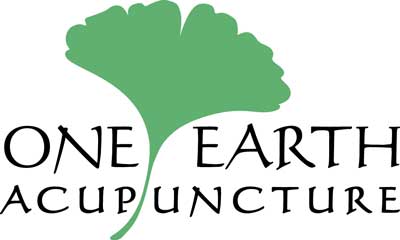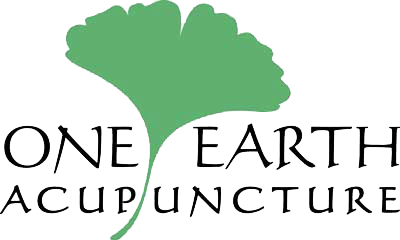Personal Pain

As an acupuncturist, I have worked with hundreds of individuals who suffer from pain. I’ve learned that looks can be deceiving, and, until I examine and speak with patients individually I can’t really tell how much they are hurting.
Pain as a Communication Tool
We all experience physical pain and we all recover and heal from pain very differently.
Nobody likes pain, but I’ve also learned that pain is an important communication tool. Without it we lack the evidence necessary to heal very specific areas of our life.
Pain is an alert system letting us know that something is wrong. It warns us that we are near danger, approaching a personal weak point, or it signals that an organ is in trouble, pointing to some internal threat that requires attention.
There are as many causes for pain as there are ways to respond to it. Some individuals can tolerate substantial levels of pain and can push through it, while someone else is incapacitated by it.
Something very useful in getting help with your pain is to be able to tell the story of your pain.
Your descriptiveness, being able to use precise words or adjectives to describe your pain is incredibly important to any Practitioner or Physician. The more descriptive you are, the better and MORE EFFECTIVE you can be diagnosed and treated. A good Practitioner will spend time with you to listen, then ask the most appropriate, probing questions utilizing their expertise to define your condition and prescribe the best treatment plan for you.
Combining Conventional and Alternative Approaches
Conventional drugs and procedures when properly applied function as the border pieces of the pain management puzzle. Acupuncture completes the puzzle more fully because it is effective for a wide range of conditions and can help almost any problem to some degree without side effects. Acupuncture is particularly helpful for people with chronic pain or disease, or conditions that can be managed but not cured.
Neither conventional nor alternative medicine holds the single key to health. The best pain doctors apply both. Be an informed consumer when it comes to choosing the best therapy for yourself or your loved one. No matter how you integrate alternative and conventional treatment, it’s important to understand what each has to offer, the strength and weakness in both.
For example, the use of prescription opioids under a doctor’s supervision and monitoring can alleviate pain, but the CDC’s findings and recommendations suggest that there is much work to be done in ensuring proper administration and management of these drugs. Even with short-term use (30 days or less), these medications are highly addictive with many unpleasant side effects. Additionally, some patients report ‘runaway’ inflammation and pain (pain that is additional to the chief complaint) as a result of taking prescription medication.
Unfortunately, conventional medicine is often reductionist, meaning doctors often treat people as composites of physical units. They are trained that our bodies are machines, beautiful and intricate, but nevertheless machines. This in turn can have the physician working like a mechanic, fixing a single broken part. Although this approach may work well in acute crisis, it doesn’t work very well for chronic pain. This approach further excludes the mental and emotional aspect of pain that impacts our ability to live a full life.
More aggravating is that our society has changed to the mechanical, feeding into this reductionist approach; most people hold no patience and choose treatment that offers ‘a quick fix’ which often works against our best health.
The Role of Acupuncture
Our bodies need time to properly heal, especially the older we get. We know a lot at a deeper level, however most people turn away from this intuition. This is where Acupuncture is even more useful – during a session an individual has personal time to connect with his or her body at a very deep level.
Well researched and validated for many types of pain, acupuncture is increasingly becoming the pain treatment of choice because it works – it is comprehensive healing. Chinese medicine, contrary to Western/conventional medicine, does not treat symptoms, but rather seeks to find the origin of the imbalance that produced the symptoms in the first place.
Another Factor to Healing
When pain is unrelenting, it interferes with living life to its fullest. Physical pain can be the result of unresolved emotions. When you have an emotional or traumatic experience, those unresolved emotions can get trapped in your fascia, connective tissue that surrounds your muscles and organs. This is why some people cry ‘for no reason’ when they have acupuncture (this also happens with massage and yoga) because it’s a triggered response; moving qi or penetrating the fascia can release those stored emotions.
The principle of ‘Living in the Present Moment’ has purpose such that emotions and experience do not get trapped in the body (such as teachings by Eckhart Tolle).
Finally, managing the mental aspect of pain and its impact on your life and living to your fullest, is incredibly important. An example of suffering on top of pain comes from comparing your healing process to others’. Buddha teaches that while pain is inevitable, suffering is optional.
Tony Robbins teaches that “while you’re in a struggling state you suffer” and you may “end suffering by learning to control your inner world – pain is felt in our bodies, while suffering is created by the mind.” “Changing situations and story-telling alters your life condition and things will improve.”
There is a preciousness of pain in the path of personal growth when you manage it properly.

Evelynne Toth, L.Ac
Founder & Owner

